Commentary: We like to imagine an AI-driven future, but it’s machine learning that will actually help us to progress, argues expert Michael I. Jordan.
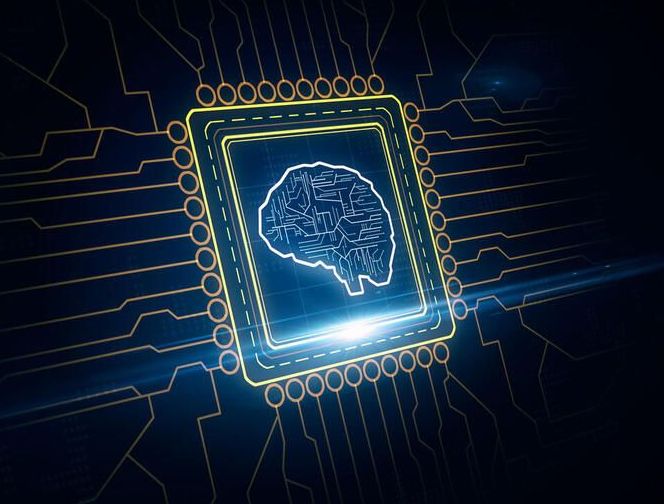

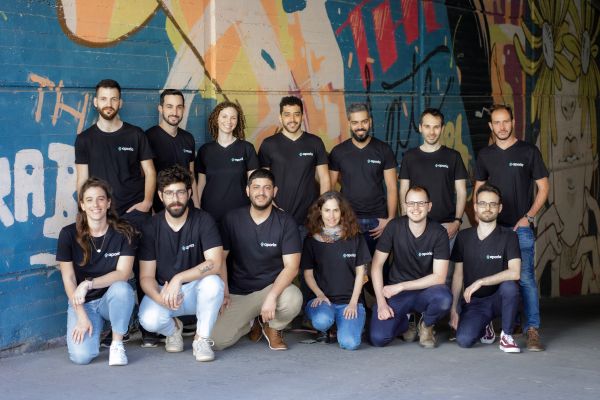
Machine learning (ML) models are only as good as the data you feed them. That’s true during training, but also once a model is put in production. In the real world, the data itself can change as new events occur and even small changes to how databases and APIs report and store data could have implications on how the models react. Since ML models will simply give you wrong predictions and not throw an error, it’s imperative that businesses monitor their data pipelines for these systems.
That’s where tools like Aporia come in. The Tel Aviv-based company today announced that it has raised a $5 million seed round for its monitoring platform for ML models. The investors are Vertex Ventures and TLV Partners.


For 50 years, AeroVironment has advanced UAV development. Today, the company is a Technology Solutions Provider at the intersection of four future-defining technologies: robotics, sensors, analytics and connectivity. Its culture of experimentation and R&D dates back to its founder, Dr. Paul MacCready Jr., whose achievements earned him the nickname “the father of human-powered flight”. From deploying the world’s most popular sUAS to designing the helicopter that’s en route to fly in Mars’ thin atmosphere, AeroVironment’s collective accomplishments provide a case study of imagination, innovation and collaboration — one that has and will bring effective solutions to frontlines, farms and frontiers, yesterday, today and tomorrow.
Leading the Way: UAS Capabilities – Onward and Upward
From solar-powered aircraft to the first hand-launched small UAS (sUAS) for military reconnaissance, AeroVironment literally launched the era of small aerial vehicles for environmental, commercial and defense purposes. For 35 years, the company has made its UAVs smaller and simpler, yet with multiple and ever-more-innovative functionality.
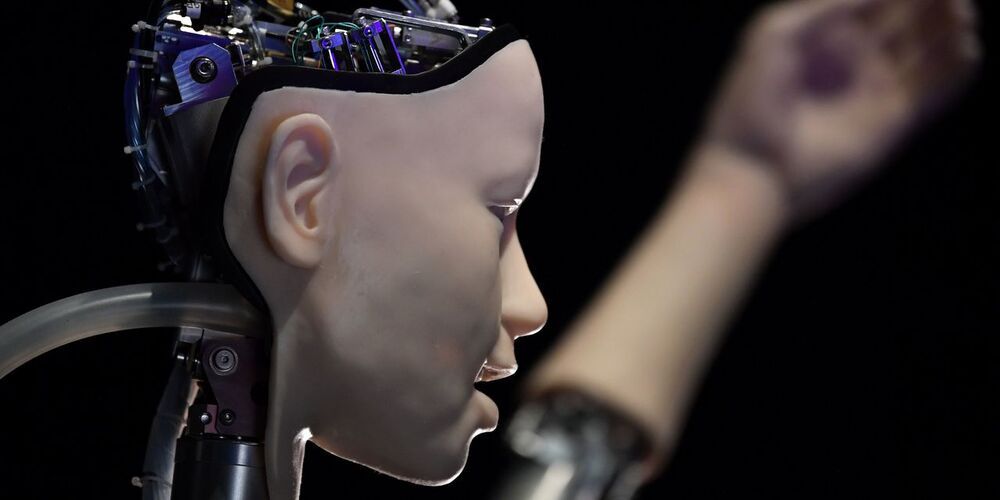
Natural language processing rivals humans’ skills.
According to OpenAI, more than 300 applications are using GPT-3, which is part of a field called natural language processing. An average of 4.5 billion words are written per day. Some say the quality of GPT-3’s text is as good as that written by humans.
What follows is GPT-3’s response to topics in general investing.
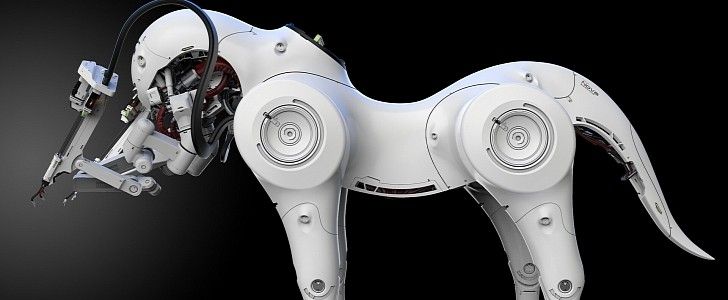
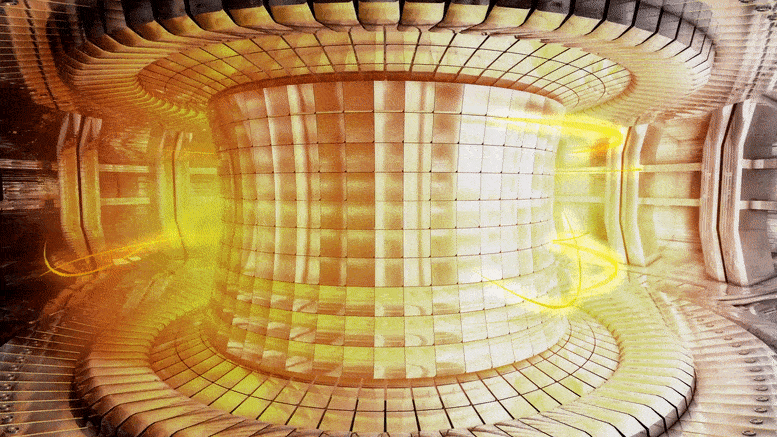
Fusion reactor technologies are well-positioned to contribute to our future power needs in a safe and sustainable manner. Numerical models can provide researchers with information on the behavior of the fusion plasma, as well as valuable insight on the effectiveness of reactor design and operation. However, to model the large number of plasma interactions requires a number of specialized models that are not fast enough to provide data on reactor design and operation.
Aaron Ho from the Science and Technology of Nuclear Fusion group in the department of Applied Physics at Eindhoven University of Technology has explored the use of machine learning approaches to speed up the numerical simulation of core plasma turbulent transport. Ho defended his thesis on March 17th.
The ultimate goal of research on fusion reactors is to achieve a net power gain in an economically viable manner. To reach this goal, large intricate devices have been constructed, but as these devices become more complex, it becomes increasingly important to adopt a predict-first approach regarding its operation. This reduces operational inefficiencies and protects the device from severe damage.
After years of trying, 60 Minutes cameras finally get a peek inside the workshop at Boston Dynamics, where robots move in ways once only thought possible in movies. Anderson Cooper reports.
“60 Minutes” is the most successful television broadcast in history. Offering hard-hitting investigative reports, interviews, feature segments and profiles of people in the news, the broadcast began in 1968 and is still a hit, over 50 seasons later, regularly making Nielsen’s Top 10.
Watch full episodes: http://cbsn.ws/1Qkjo1F
Get more “60 Minutes” from “60 Minutes: Overtime”: http://cbsn.ws/1KG3sdr.
Follow “60 Minutes” on Instagram: http://bit.ly/23Xv8Ry.
Like “60 Minutes” on Facebook: http://on.fb.me/1Xb1Dao.
Follow “60 Minutes” on Twitter: http://bit.ly/1KxUsqX
Download the CBS News app: http://cbsn.ws/1Xb1WC8
Try Paramount+ free: https://bit.ly/2OiW1kZ
For video licensing inquiries, contact: [email protected]

Huaqiangbei, the world’s largest electronics wholesale market area in the Chinese technology hub of Shenzhen, has become the latest Wonderland for geeks, the way Tokyo’s Akihabara was to otaku during the tech bubble at the turn of the millennium. Amid the warren of closet-sized shops and makeshift stalls, the latest catalogue of smartphones, LED lights, holograms, electronic parts and every type of gadget imaginable compete for attention and the spending yuan of consumers.
Shenzhen has become an international hotspot for the unmanned aerial vehicle industry, following the global success of drone giant DJI.
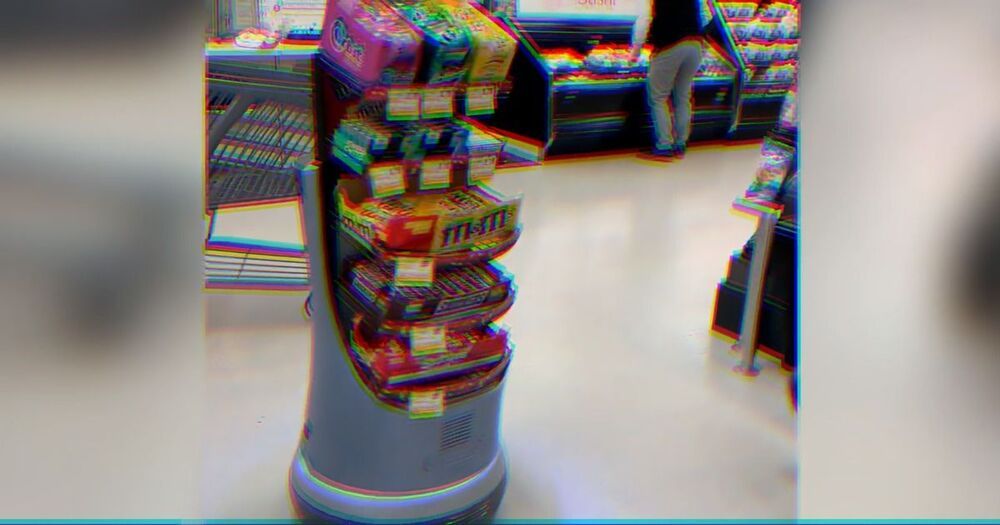
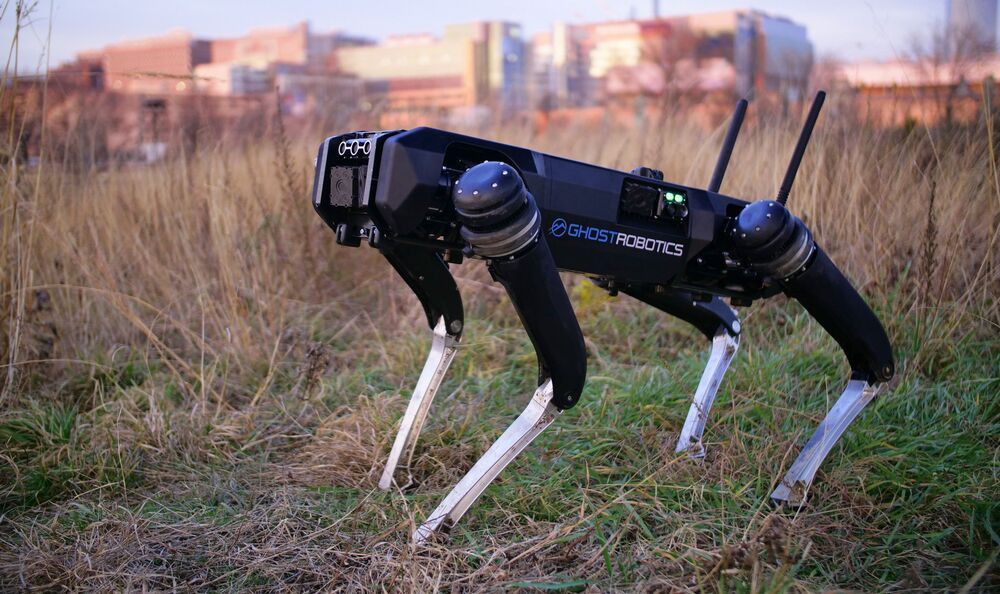
The company working on a militarized version of BD’s Spot. It looks like just a straight copy. Sadly, no FB page, and didn’t see any other robots on there besides this. I think some humanoid robot competition would be helpful.
© 2020 Ghost Robotics Corporation® Ghost Robotics & Logo are registered trademarks.
Privacy & Legal